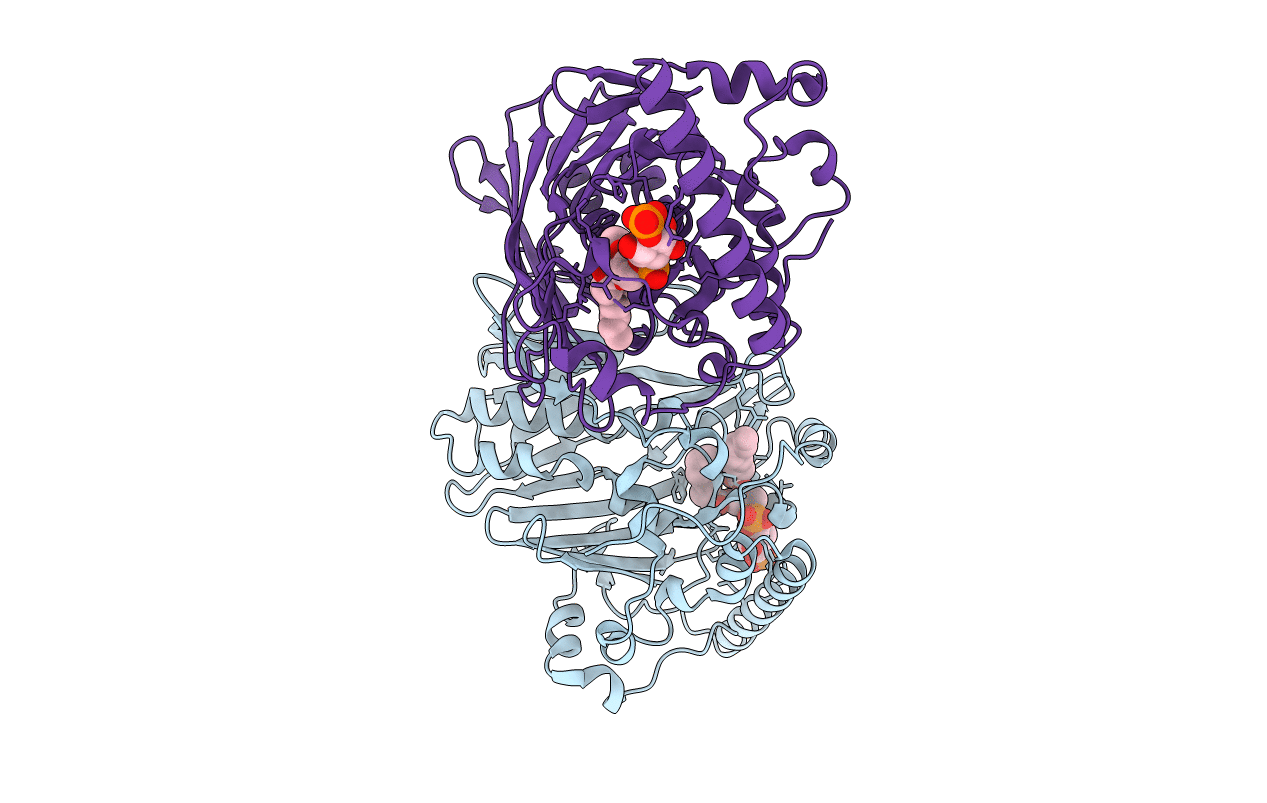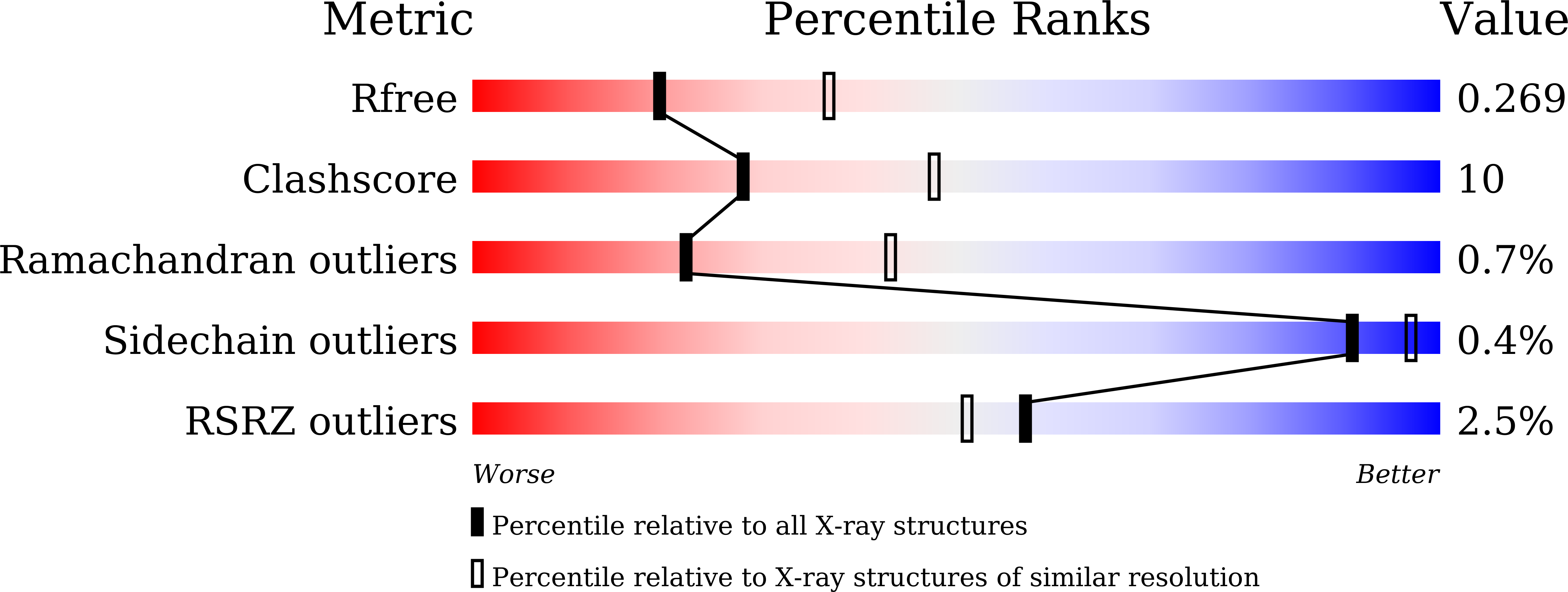
Deposition Date
2020-11-04
Release Date
2021-03-24
Last Version Date
2023-11-29
Entry Detail
PDB ID:
7DEI
Keywords:
Title:
Structure of human ORP3 ORD domain in complex with PI(4)P
Biological Source:
Source Organism:
Homo sapiens (Taxon ID: 9606)
Host Organism:
Method Details:
Experimental Method:
Resolution:
2.60 Å
R-Value Free:
0.26
R-Value Work:
0.22
R-Value Observed:
0.22
Space Group:
P 31 2 1


